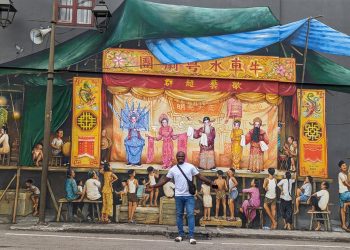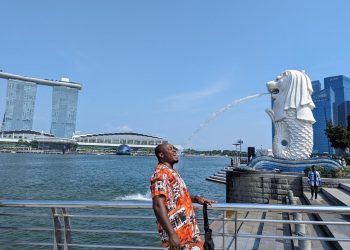The Hector Pieterson Museum is an iconic and historic museum in urban city of Soweto, Johannesburg built in 2002 and dedicated to the memory of Hector Pieterson, a young black school boy who was shot.
The Museum was built in the same area, exactly two blocks away from where the young school boy was shot and killed by police men during an uprising which has become known as the Soweto Uprising.
His untimely death occurred on 16th June 1976 during a protest by Black Students against the enforcement of teaching and learning in Afrikaan, a local South African language instead of English or a language of their own choice. The protest however turned violent when police personnel opened fire on the students with the young Hector Pieterson who was 13 years at the time getting caught in the cross fire and losing his life through gunshot wounds.
His death was captured on camera by Sam Nzima, a photographer who had gone to cover the protest. The iconic and sorrowful picture of Hector being carried by his sister who was running from the scene caught the eye of the world and drew the world’s attention to the atrocities that was taking place in South Africa under the Apartheid system of governance.
A decade after the fall of the apartheid system in 1992, the state chose to build a museum in memory of the young boy as well as tell the story of the events that led to the infamous Soweto Anti-apartheid uprising.

Tourists who visit the museum today get to learn a great deal about the history of South Africa, especially the events that led to the Soweto uprising, the aftermath and how that single picture of Hector dying in his sister’s arms changed the course of history and empowered the world to come together and speak against apartheid.
Still have some travel questions? Ask in our Travel WhatsApp Group.







